Home>Construction & Tools>Building Materials>What Kind Of Stain For Brick
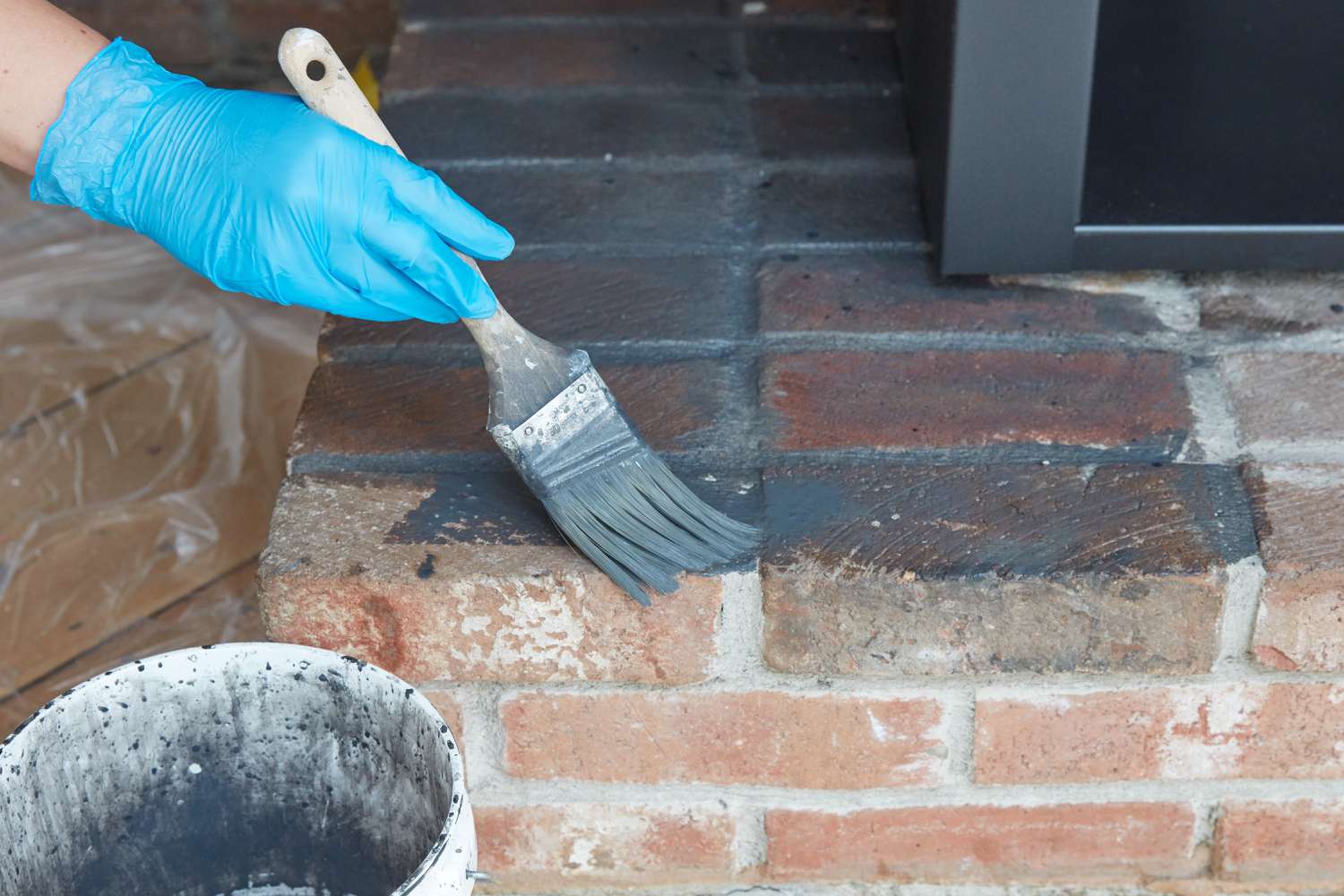

Building Materials
What Kind Of Stain For Brick
Published: January 23, 2024
Discover the best stain options for brick surfaces and enhance your building materials with our comprehensive guide. Explore the top choices for achieving the perfect finish.
(Many of the links in this article redirect to a specific reviewed product. Your purchase of these products through affiliate links helps to generate commission for Storables.com, at no extra cost. Learn more)
Introduction
Brick has been a staple in construction for centuries, lending timeless charm and durability to buildings and homes. However, over time, exposure to the elements can cause brick surfaces to lose their luster, leading many property owners to seek ways to revitalize their appearance. One effective method for rejuvenating brick is by applying a stain, which not only enhances its aesthetic appeal but also provides protection against weathering and fading.
In this comprehensive guide, we will explore the various types of stains available for brick, their unique characteristics, and the factors to consider when selecting the most suitable option for your specific needs. Whether you aim to enrich the natural hues of your brick or completely transform its color, understanding the diverse array of stains will empower you to make an informed decision. Furthermore, we will delve into the application and maintenance of brick stains, equipping you with the knowledge to achieve stunning, long-lasting results.
Join us on this journey as we uncover the art and science of brick staining, unlocking the potential to breathe new life into your architectural surfaces.
Key Takeaways:
- Transform and protect brick surfaces with stains that enhance color and durability, offering options for natural, marbled, or vibrant finishes to suit any aesthetic vision.
- Choose the right stain by considering brick characteristics, environmental factors, and desired maintenance, ensuring long-lasting beauty and resilience for your architectural surfaces.
Read more: What Kind Of Screws To Use On Brick
Types of Stains for Brick
When it comes to staining brick, there are several options available, each with its own distinct properties and application methods. Understanding the characteristics of each type of stain is crucial in determining the most suitable choice for your project. Let’s explore the primary types of stains commonly used for brick surfaces:
- Water-Based Stains: These stains are renowned for their ease of use and environmental friendliness. They penetrate the brick’s pores, creating a natural, translucent finish that allows the texture and variations of the brick to remain visible. Water-based stains are available in a wide spectrum of colors, offering versatility for achieving the desired aesthetic effect. Additionally, they are known for their quick drying time, making them a popular choice for both indoor and outdoor applications.
- Acid-Based Stains: Acid-based stains are prized for their ability to produce rich, marbled effects on brick surfaces. They react chemically with the minerals in the brick, creating unique, mottled patterns that add depth and character to the material. These stains are available in earthy tones and are ideal for achieving a weathered, antique look. It’s important to note that acid-based stains require careful application and neutralization to prevent unwanted discoloration or damage to the brick.
- Solvent-Based Stains: Solvent-based stains are known for their exceptional durability and resistance to fading. They penetrate deeply into the brick, providing long-lasting color enhancement and protection against the elements. These stains are available in a wide range of colors, including vibrant and bold options, allowing for dramatic transformations of brick surfaces. While solvent-based stains may require additional precautions during application due to their volatile nature, they offer unparalleled longevity and color retention.
Each type of stain presents unique advantages and considerations, and the choice ultimately depends on the desired aesthetic outcome, environmental factors, and the specific characteristics of the brick surface. By understanding the distinctions between water-based, acid-based, and solvent-based stains, you can make an informed decision that aligns with your vision for enhancing the beauty and resilience of your brick surfaces.
Water-Based Stains
Water-based stains have gained popularity as a versatile and environmentally conscious choice for enhancing the appearance of brick surfaces. These stains are formulated to penetrate the porous structure of the brick, imparting color while allowing the natural texture and variations of the material to shine through. Let’s delve into the key characteristics and benefits of water-based stains:
- Translucent Finish: Water-based stains create a translucent finish that preserves the inherent texture and color variations of the brick. This allows for a more natural and organic aesthetic, making them an ideal choice for those seeking to accentuate the authentic charm of brick surfaces.
- Color Variety: Water-based stains are available in a wide spectrum of colors, ranging from earthy tones to bold hues. This extensive color palette provides ample opportunities for customization, allowing property owners to achieve their desired aesthetic vision for their brick surfaces.
- Quick Drying: One of the notable advantages of water-based stains is their rapid drying time. This feature facilitates efficient application, making them suitable for both indoor and outdoor projects. The ability to achieve swift results is particularly advantageous for those seeking to complete staining projects within a limited timeframe.
- Environmentally Friendly: Water-based stains are formulated with environmentally friendly properties, emitting minimal volatile organic compounds (VOCs) during application. This makes them a sustainable choice for environmentally conscious individuals and aligns with efforts to reduce the environmental impact of construction and renovation projects.
It’s important to note that proper surface preparation and application techniques are essential for achieving optimal results with water-based stains. Thoroughly cleaning the brick surface and ensuring it is free from debris and contaminants will contribute to the effectiveness and longevity of the stain. Additionally, following the manufacturer’s guidelines for application and drying times is crucial for achieving a uniform and durable finish.
Whether you aim to subtly enhance the natural hues of your brick or introduce a bold new color scheme, water-based stains offer a versatile and user-friendly solution for transforming brick surfaces. Their ability to marry aesthetic appeal with environmental responsibility makes them a compelling choice for property owners seeking to revitalize and protect their architectural elements.
Acid-Based Stains
Acid-based stains are renowned for their ability to impart rich, variegated tones to brick surfaces, creating a striking visual impact that evokes a sense of timeless elegance and character. These stains undergo a chemical reaction with the minerals in the brick, resulting in unique, marbled effects that add depth and dimension to the material. Let’s delve into the key characteristics and considerations associated with acid-based stains:
- Marbled Effects: Acid-based stains produce captivating marbled effects on brick surfaces, infusing them with a sense of antiquity and visual intrigue. The chemical reaction between the stain and the minerals in the brick creates organic patterns and variations, enhancing the material’s aesthetic appeal.
- Earthy Tones: Acid-based stains are available in a range of earthy and muted tones, including warm browns, terra cottas, and subtle ochres. These natural hues are well-suited for achieving a weathered and time-worn appearance, making them a popular choice for projects that seek to emulate the patina of aged architectural elements.
- Application Considerations: It’s important to approach the application of acid-based stains with careful consideration and precision. Due to their reactive nature, these stains require meticulous application techniques and neutralization processes to prevent unintended discoloration or damage to the brick. Proper protective equipment and adherence to safety guidelines are essential when working with acid-based stains.
While acid-based stains offer the allure of creating captivating, antiqued effects on brick surfaces, it’s crucial to exercise caution and follow recommended practices during the staining process. Careful planning, surface preparation, and adherence to safety protocols are imperative to ensure a successful outcome and to mitigate potential risks associated with the application of acid-based stains.
For those seeking to infuse their brick surfaces with a sense of history and character, acid-based stains provide a compelling means of achieving distinctive and visually captivating results. Their ability to evoke the charm of weathered architectural elements makes them a favored choice for projects that aim to imbue spaces with a timeless and evocative ambiance.
When choosing a stain for brick, look for a product specifically designed for masonry surfaces. Make sure to clean the brick thoroughly before applying the stain to ensure the best results.
Solvent-Based Stains
Solvent-based stains are revered for their exceptional durability and capacity to imbue brick surfaces with long-lasting, vibrant coloration. These stains penetrate deeply into the brick, providing robust protection against the elements while enhancing the material’s visual appeal. Let’s explore the key attributes and advantages of solvent-based stains:
- Exceptional Durability: Solvent-based stains are prized for their remarkable durability and resistance to fading. Their ability to deeply penetrate the brick surface results in long-lasting color enhancement, ensuring that the vibrant hues endure the rigors of weathering and exposure to UV rays.
- Color Versatility: Solvent-based stains offer a broad spectrum of colors, ranging from rich earth tones to bold and vivid hues. This extensive color palette provides property owners with ample opportunities to achieve dramatic transformations and tailored color schemes for their brick surfaces.
- Application Considerations: Due to their volatile nature, solvent-based stains necessitate careful handling and application. Adequate ventilation and adherence to safety precautions are essential when working with these stains. Additionally, meticulous surface preparation and adherence to recommended application techniques contribute to achieving optimal and enduring results.
While solvent-based stains require careful handling and application, their exceptional longevity and color retention make them a compelling choice for property owners seeking to infuse their brick surfaces with enduring vibrancy and protection. By harnessing the resilience and transformative potential of solvent-based stains, individuals can achieve striking and long-lasting enhancements to their architectural elements.
Read more: What Kind Of Bricks For Fire Pit
Choosing the Right Stain for Your Brick
When selecting a stain for your brick surfaces, several factors should be carefully considered to ensure that the chosen product aligns with your aesthetic preferences, practical requirements, and the unique characteristics of the brick itself. Let’s explore the key considerations that can guide you in choosing the right stain for your brick:
- Desired Aesthetic: Consider the visual impact you wish to achieve with the staining process. Whether you seek to enhance the natural hues of the brick, introduce bold new colors, or create antiqued effects, understanding your aesthetic objectives will inform the type of stain and color palette that best aligns with your vision.
- Brick Characteristics: Take into account the composition, texture, and porosity of the brick surfaces. Different types of stains may interact with the brick in distinct ways, and understanding the specific attributes of the material will aid in selecting a stain that complements and enhances its inherent qualities.
- Environmental Considerations: Assess the environmental conditions to which the brick surfaces are exposed. Factors such as sunlight exposure, humidity levels, and potential weathering effects should influence your choice of stain. For instance, in areas with high UV exposure, selecting a stain with UV-resistant properties can help maintain the color integrity of the brick over time.
- Application Complexity: Evaluate the complexity of the staining process and consider your comfort level with the application techniques required for different types of stains. Some stains may necessitate more meticulous application and additional precautions, while others offer user-friendly application methods suitable for DIY projects.
- Long-Term Maintenance: Anticipate the maintenance requirements associated with the chosen stain. Consider the longevity of the color, the need for periodic reapplication, and the maintenance protocols recommended by the stain manufacturer. Understanding the long-term maintenance considerations will contribute to the sustained beauty and resilience of your stained brick surfaces.
By carefully evaluating these factors and aligning them with your preferences and practical considerations, you can make an informed decision when choosing the right stain for your brick surfaces. Whether you prioritize aesthetic impact, durability, or ease of maintenance, selecting a stain that harmonizes with the unique characteristics of your brick will yield enduring and visually captivating results.
Application and Maintenance Tips
Successfully applying and maintaining brick stains is essential for achieving enduring color enhancement and protection. By following best practices and adhering to recommended maintenance guidelines, you can ensure that your stained brick surfaces retain their visual allure and resilience over time. Here are valuable application and maintenance tips to consider:
- Surface Preparation: Thoroughly clean the brick surfaces to remove dirt, debris, and any existing coatings. Ensure that the surfaces are dry and free from contaminants before applying the stain. Proper surface preparation is crucial for optimal stain penetration and adhesion.
- Testing: Before proceeding with full-scale staining, conduct a small-scale test in an inconspicuous area to assess the compatibility of the stain with the brick and to preview the expected color outcome. This step allows for adjustments and ensures that the chosen stain aligns with your aesthetic vision.
- Application Techniques: Adhere to the manufacturer’s guidelines for the application of the chosen stain. Whether using a brush, roller, or sprayer, apply the stain evenly and consistently to achieve a uniform coloration. Take care to avoid overlapping and drips, particularly with solvent-based stains, to prevent uneven color distribution.
- Protective Measures: Utilize appropriate protective equipment, such as gloves, goggles, and respiratory protection, especially when working with acid-based and solvent-based stains. Adequate ventilation in the work area is essential for minimizing exposure to fumes and ensuring a safe application process.
- Maintenance Schedule: Adhere to a regular maintenance schedule recommended by the stain manufacturer. Depending on the type of stain and environmental factors, periodic cleaning and potential reapplication may be necessary to preserve the color integrity and protective properties of the stain.
- Cleaning Protocols: Clean stained brick surfaces using mild, non-abrasive cleansers and gentle scrubbing to remove dirt and grime. Avoid harsh chemicals and abrasive cleaning tools that may compromise the integrity of the stain. Regular cleaning contributes to the longevity and vibrancy of the stained surfaces.
By conscientiously following these application and maintenance tips, you can optimize the visual impact and longevity of your stained brick surfaces. Diligent surface preparation, careful application, and adherence to recommended maintenance protocols are pivotal in ensuring that your stained brick retains its beauty and protection for years to come.
Conclusion
Brick staining offers a transformative and protective solution for enhancing the aesthetic appeal and resilience of architectural surfaces. Whether you aspire to enrich the natural hues of brick, create captivating marbled effects, or introduce vibrant new colors, the diverse array of stains available empowers property owners to realize their unique visions for their spaces. Understanding the distinct characteristics and application considerations of water-based, acid-based, and solvent-based stains equips individuals with the knowledge to make informed choices that align with their preferences and practical requirements.
By carefully evaluating factors such as desired aesthetic impact, brick characteristics, environmental influences, and long-term maintenance, property owners can select the most suitable stain for their specific needs. Whether pursuing a natural, translucent finish with water-based stains, evoking the charm of weathered elements with acid-based stains, or harnessing the enduring vibrancy of solvent-based stains, the right choice can yield stunning and enduring results.
Furthermore, conscientious application and maintenance practices are essential for preserving the beauty and protective properties of stained brick surfaces. By adhering to best practices, conducting thorough surface preparation, and following recommended maintenance schedules, property owners can ensure that their stained brick surfaces maintain their allure and resilience over time.
As you embark on your journey to revitalize and protect your brick surfaces, consider the unique character and potential of staining as a means to breathe new life into architectural elements. With a blend of creativity, practical considerations, and a commitment to meticulous application and maintenance, stained brick surfaces can stand as enduring testaments to both aesthetic vision and practical longevity.
Embrace the art and science of brick staining, and unlock the potential to infuse your spaces with timeless beauty and enduring charm.
Frequently Asked Questions about What Kind Of Stain For Brick
Was this page helpful?
At Storables.com, we guarantee accurate and reliable information. Our content, validated by Expert Board Contributors, is crafted following stringent Editorial Policies. We're committed to providing you with well-researched, expert-backed insights for all your informational needs.
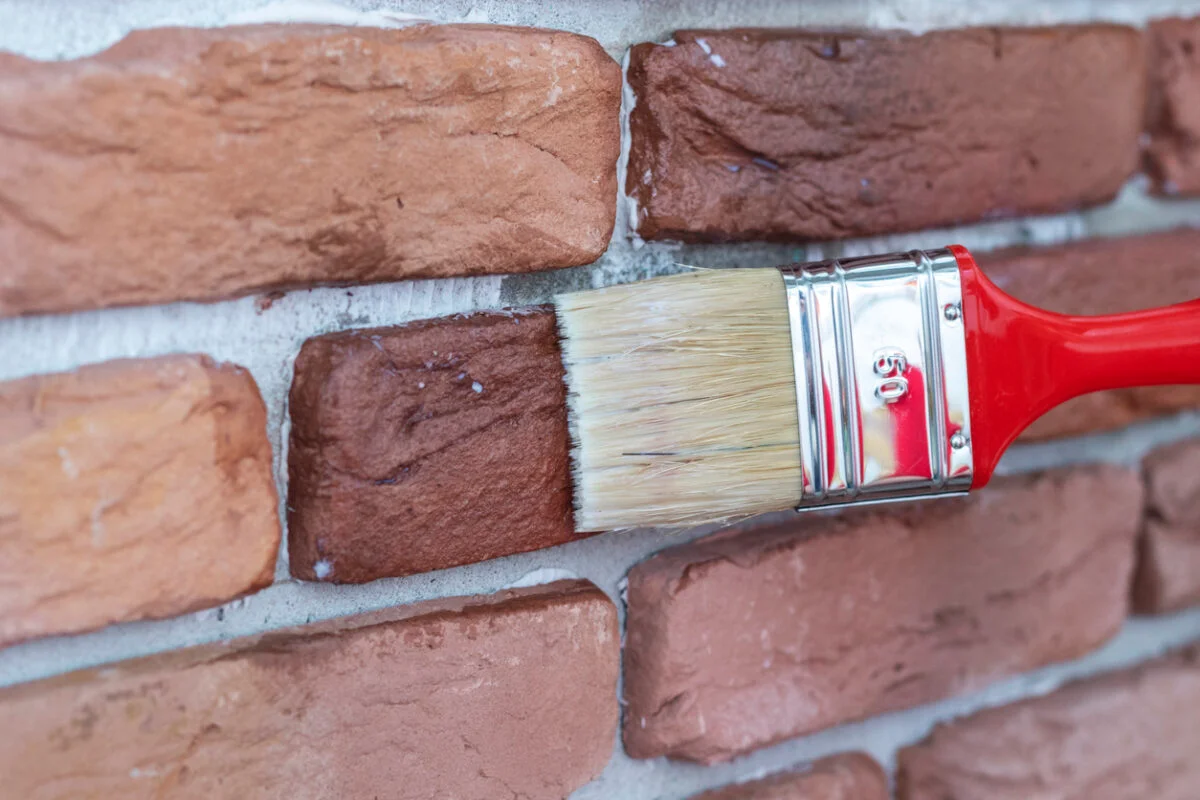

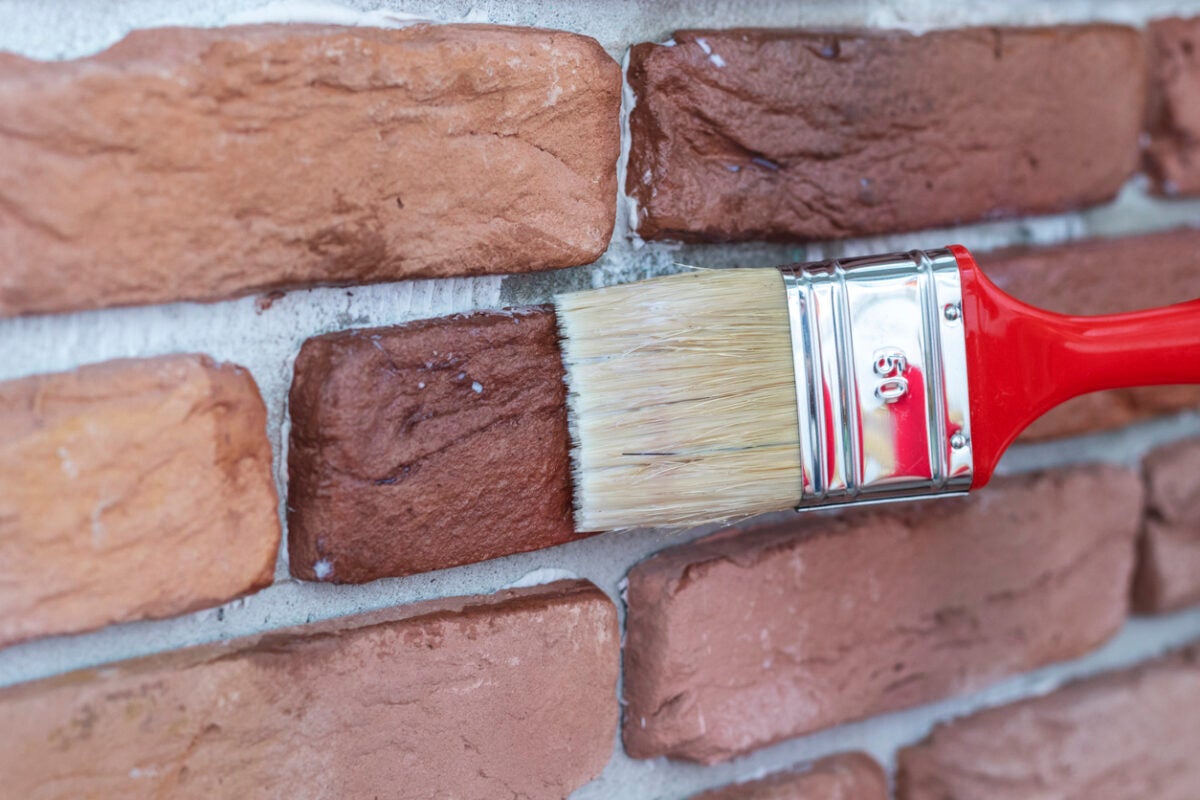
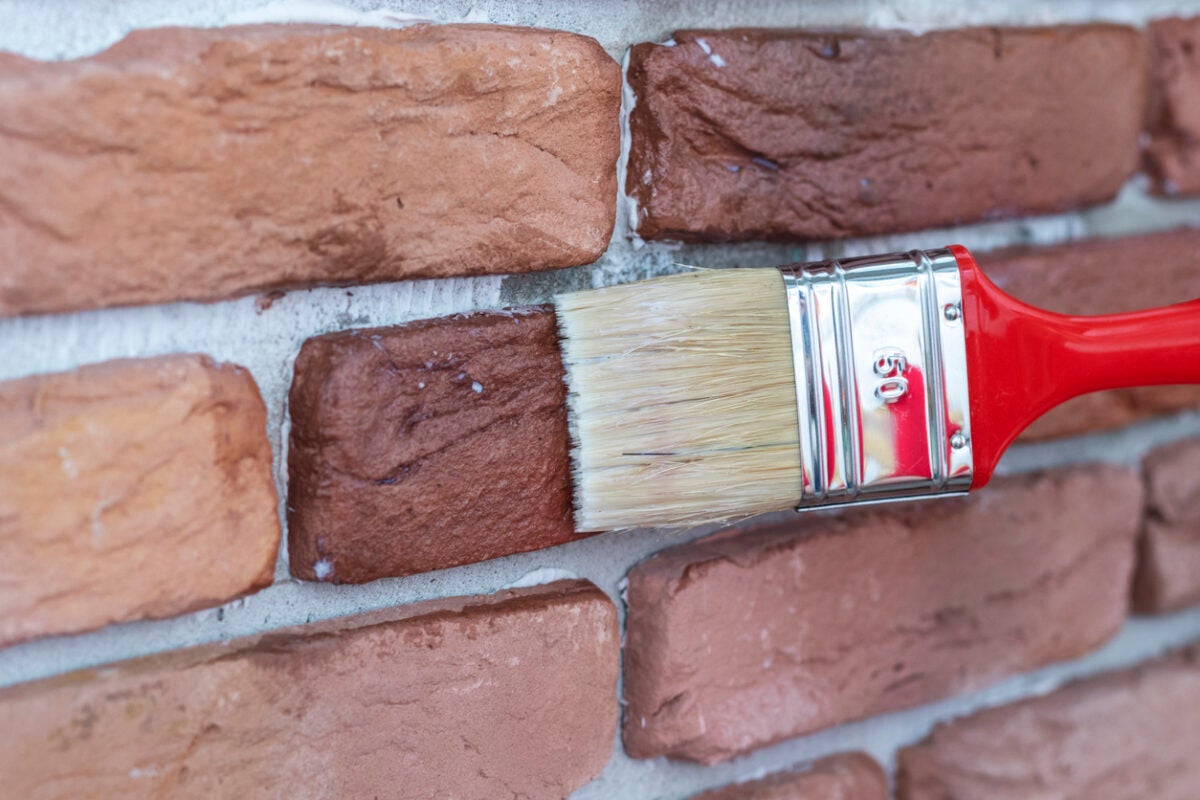
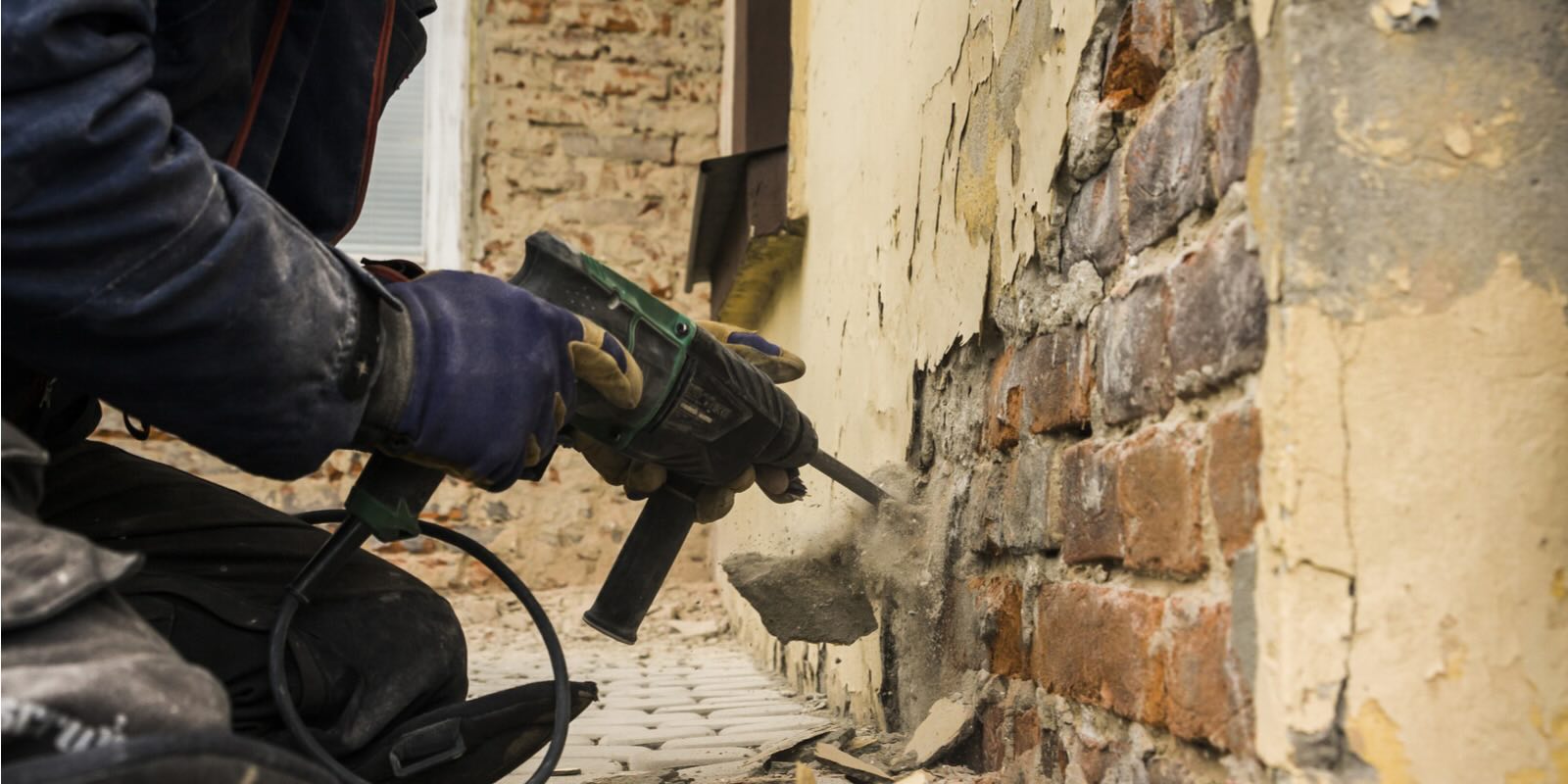
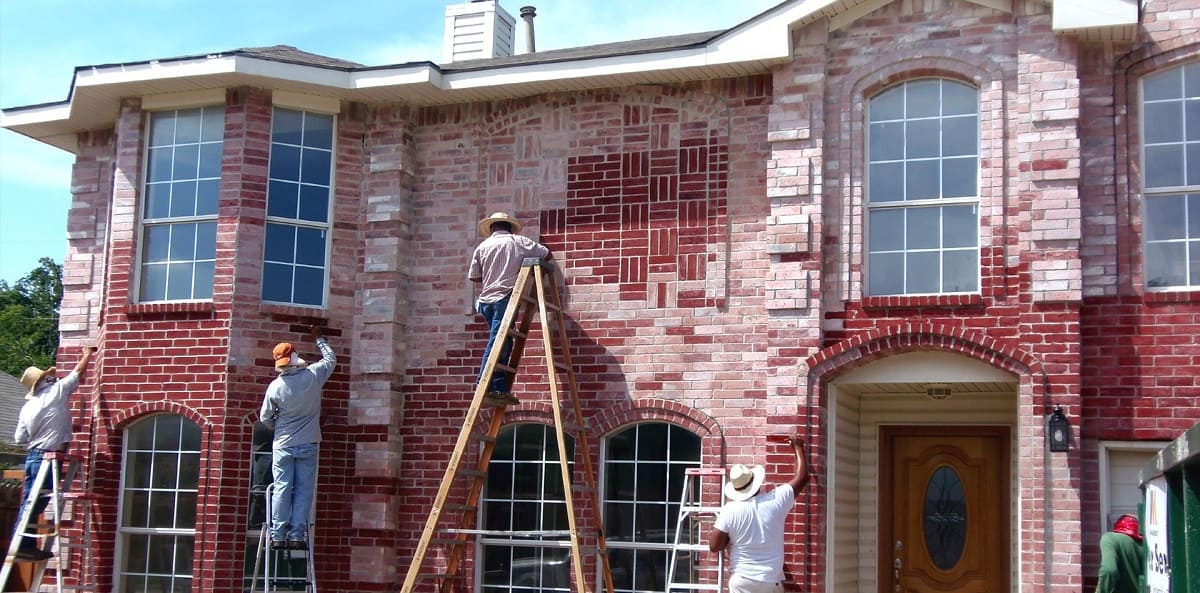
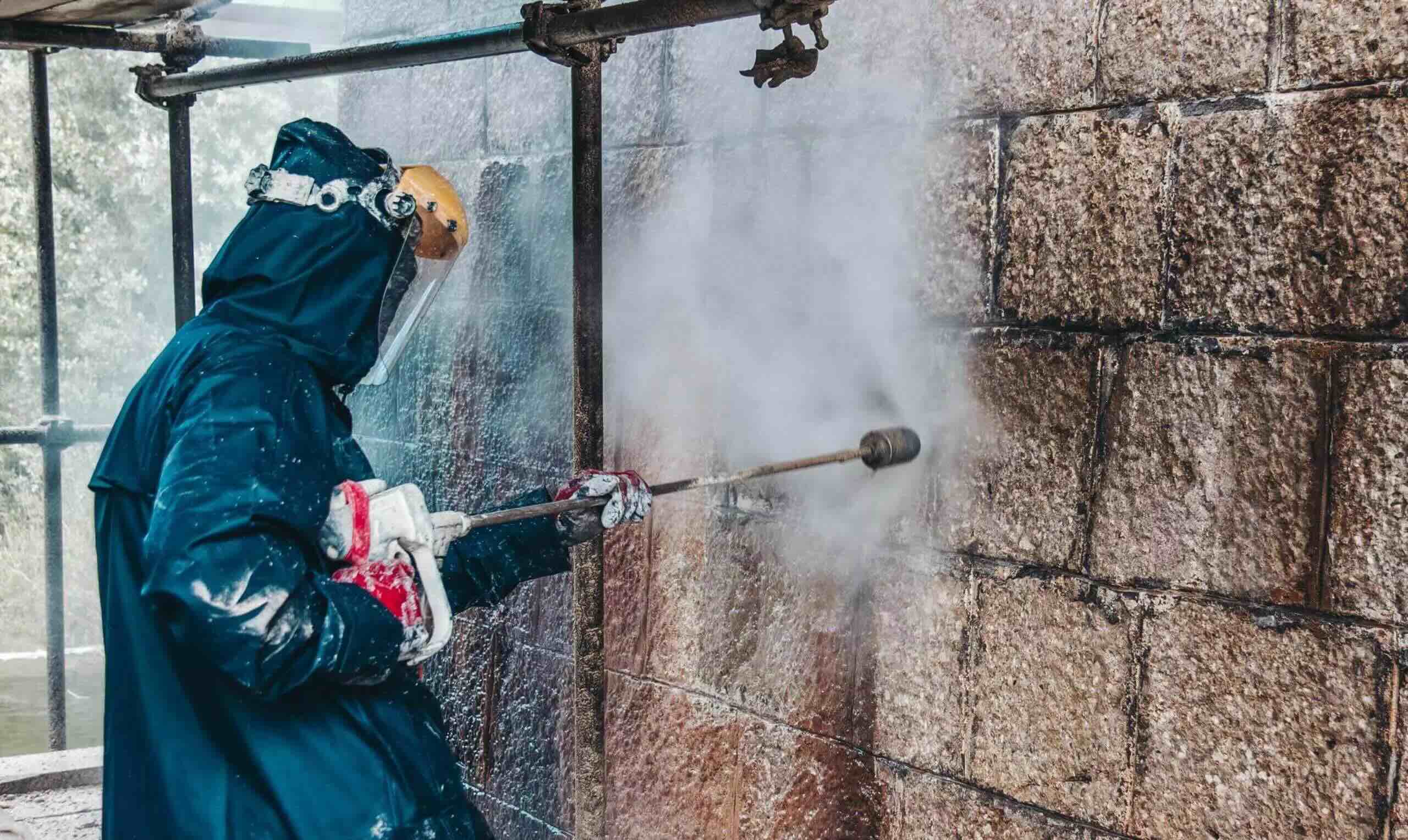
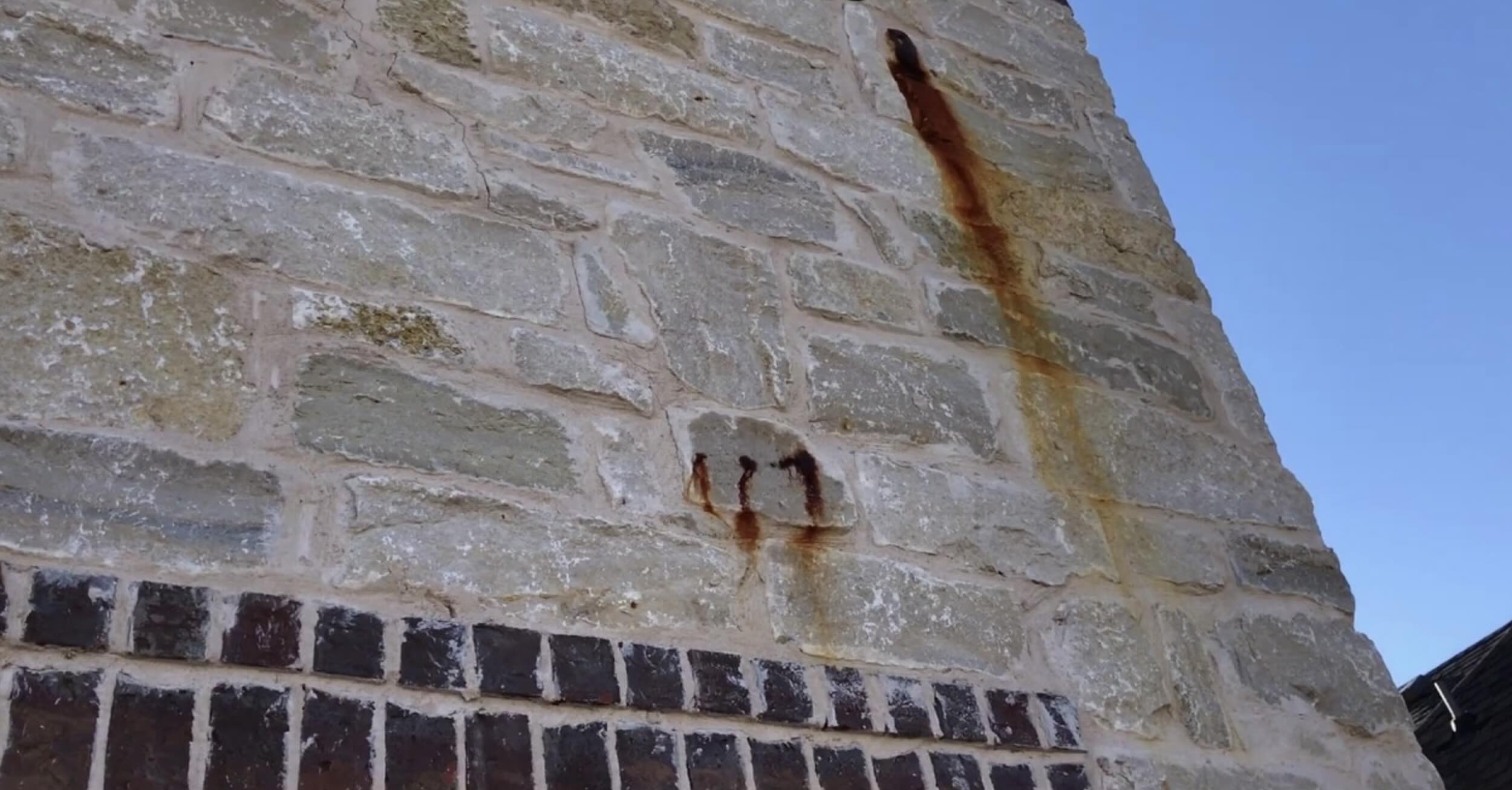
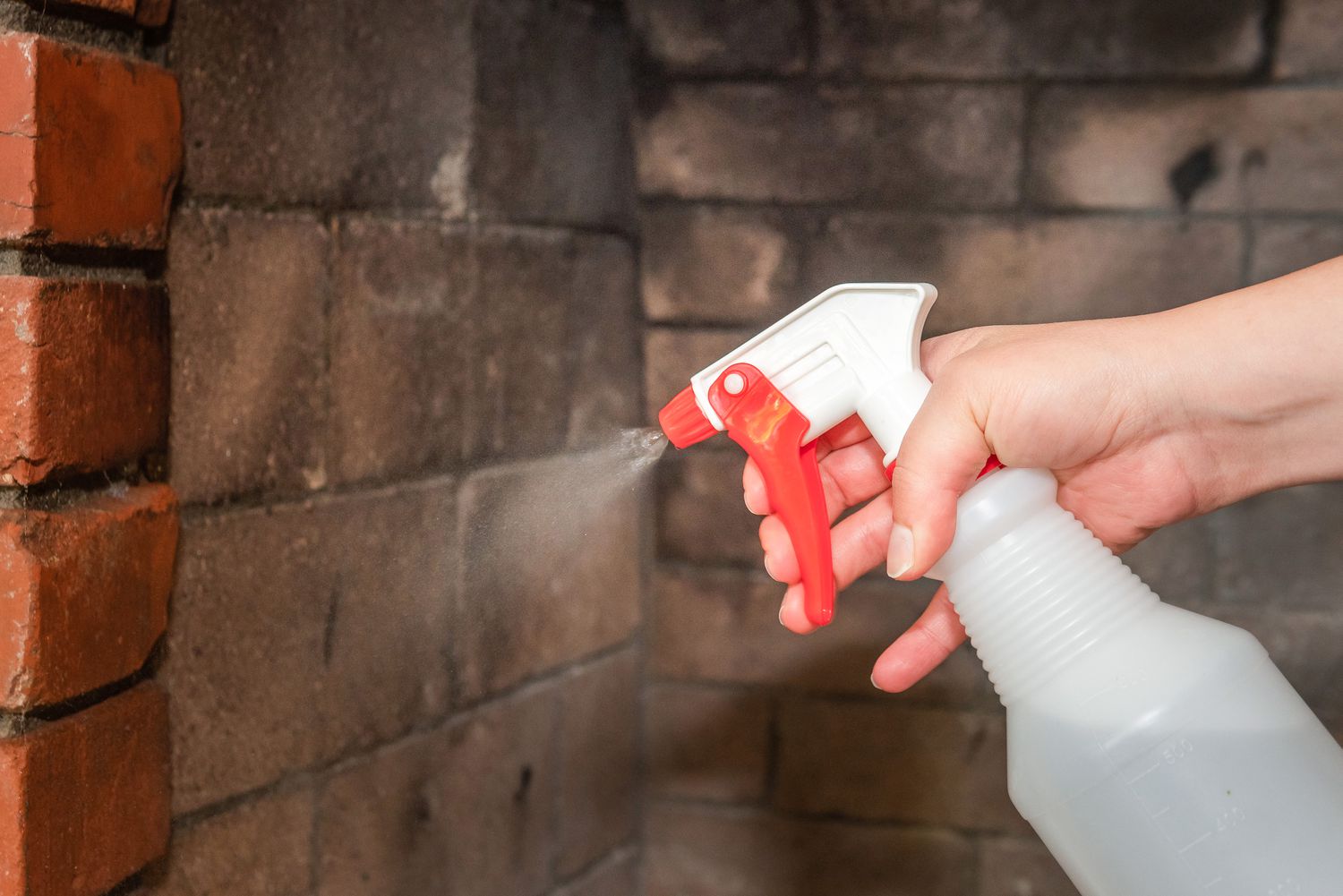
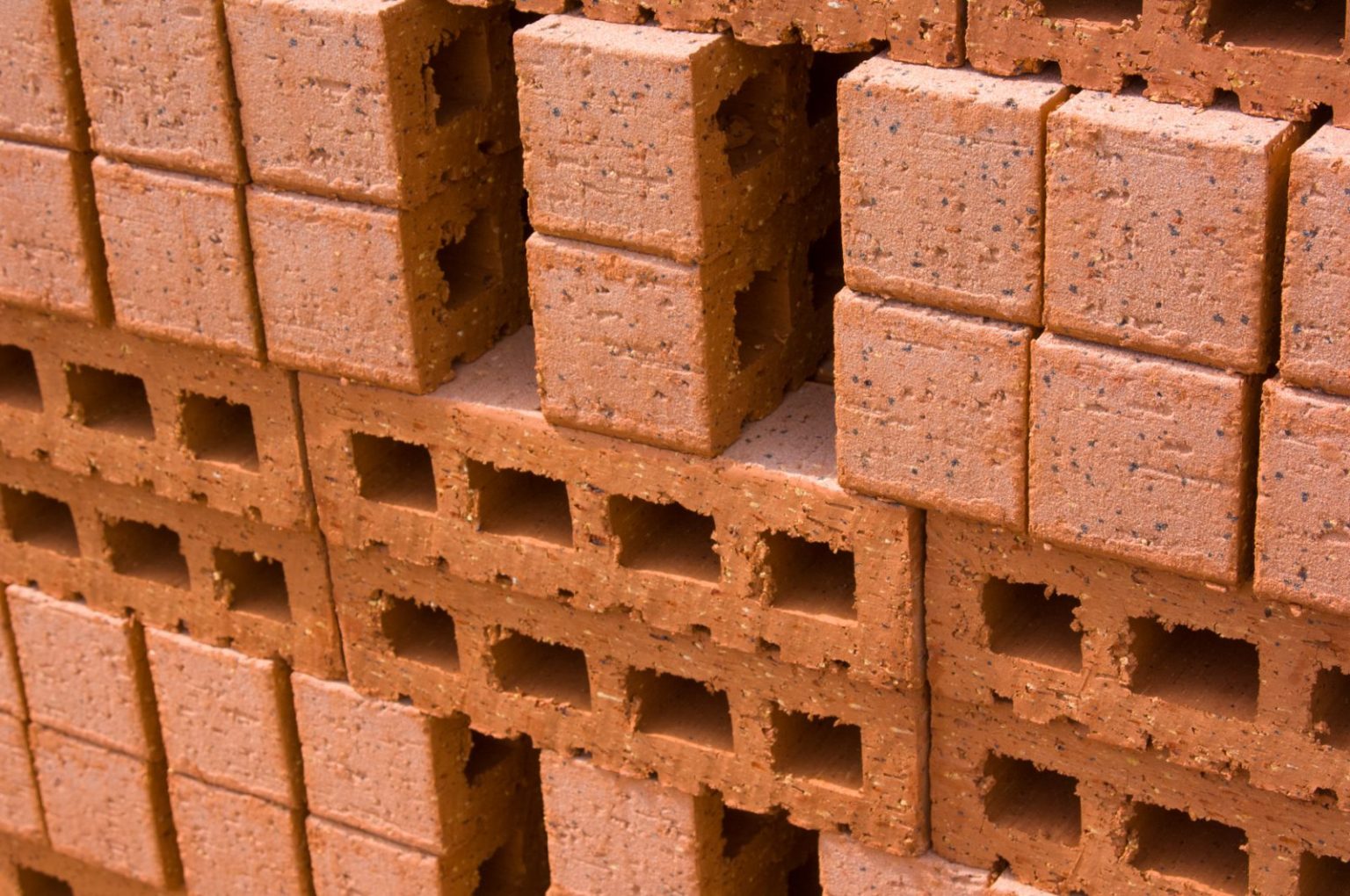
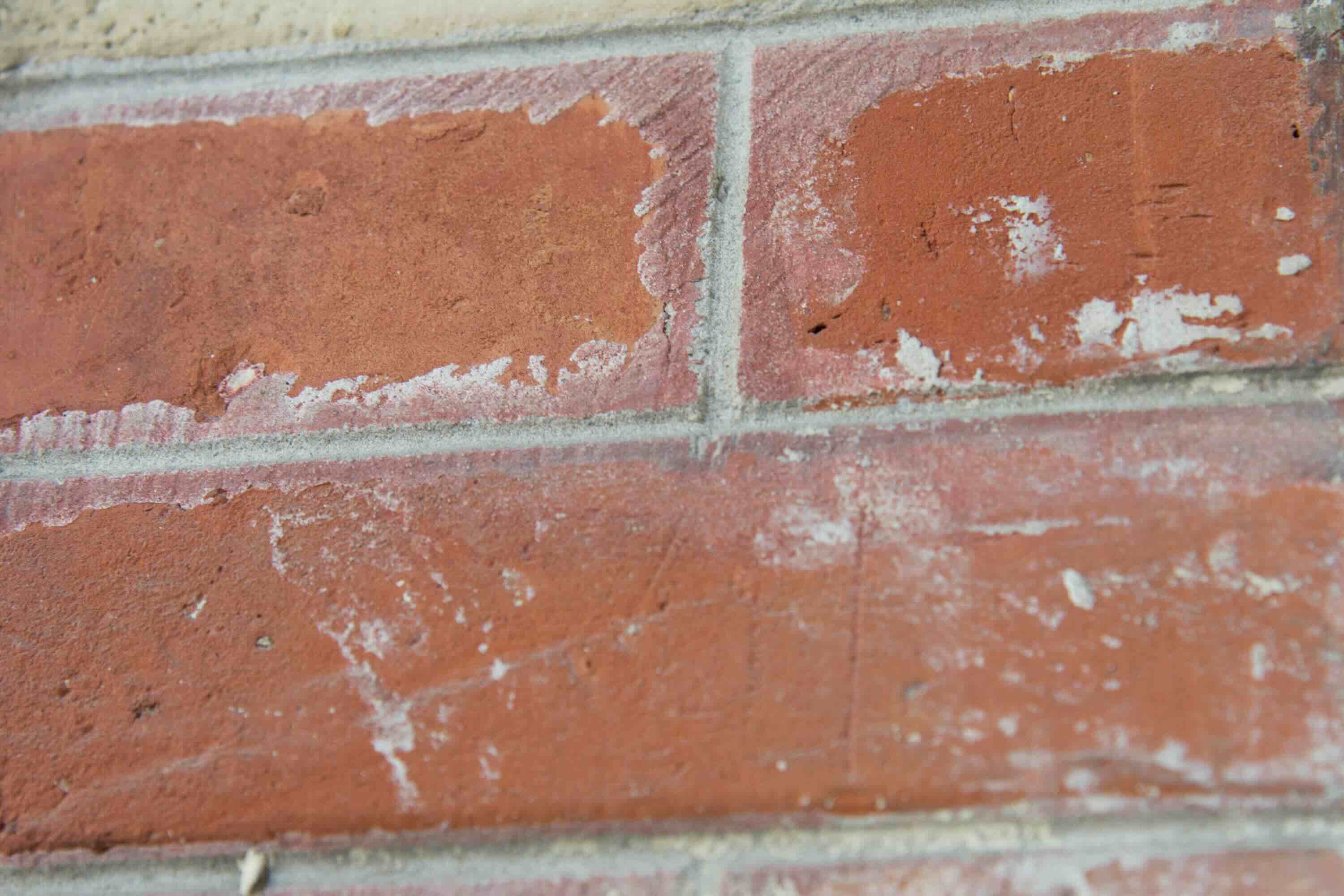
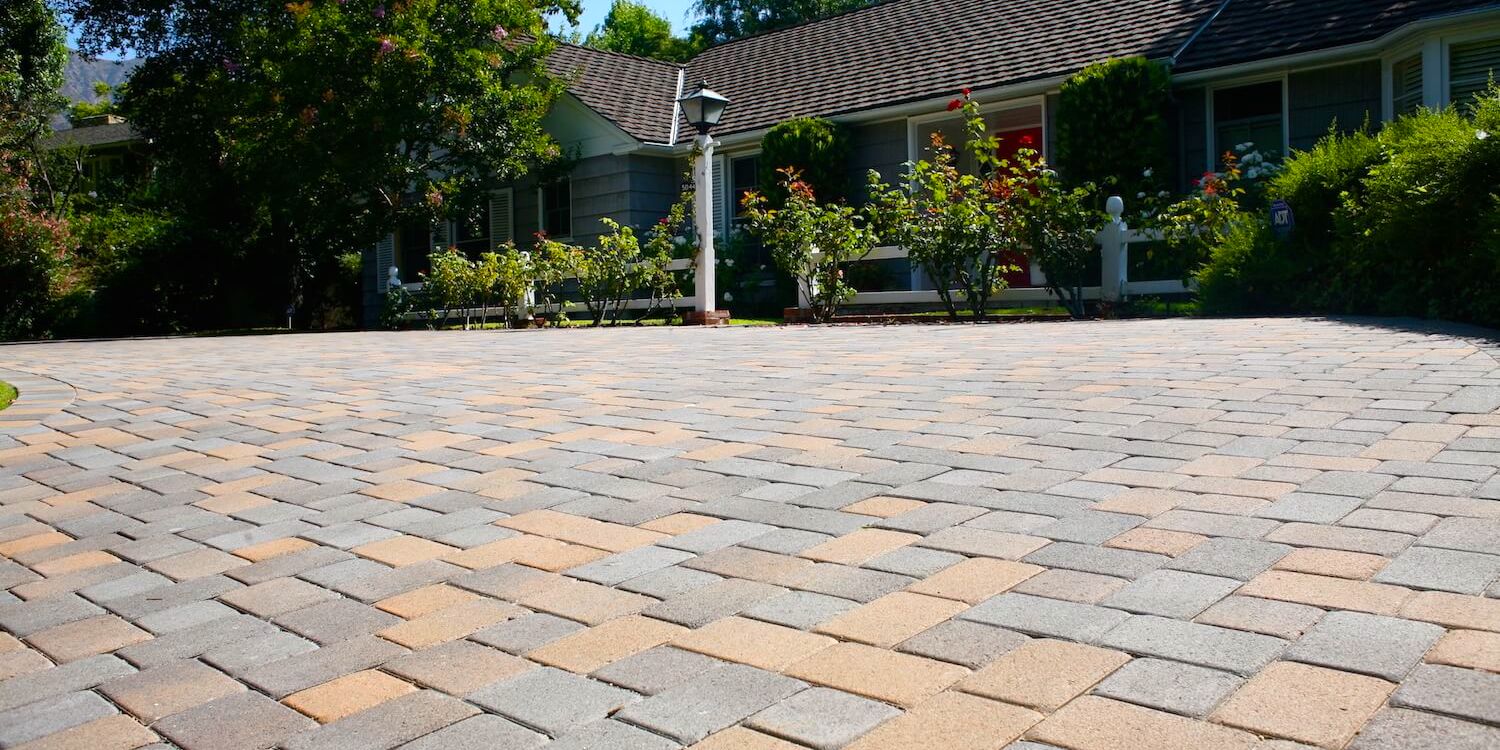
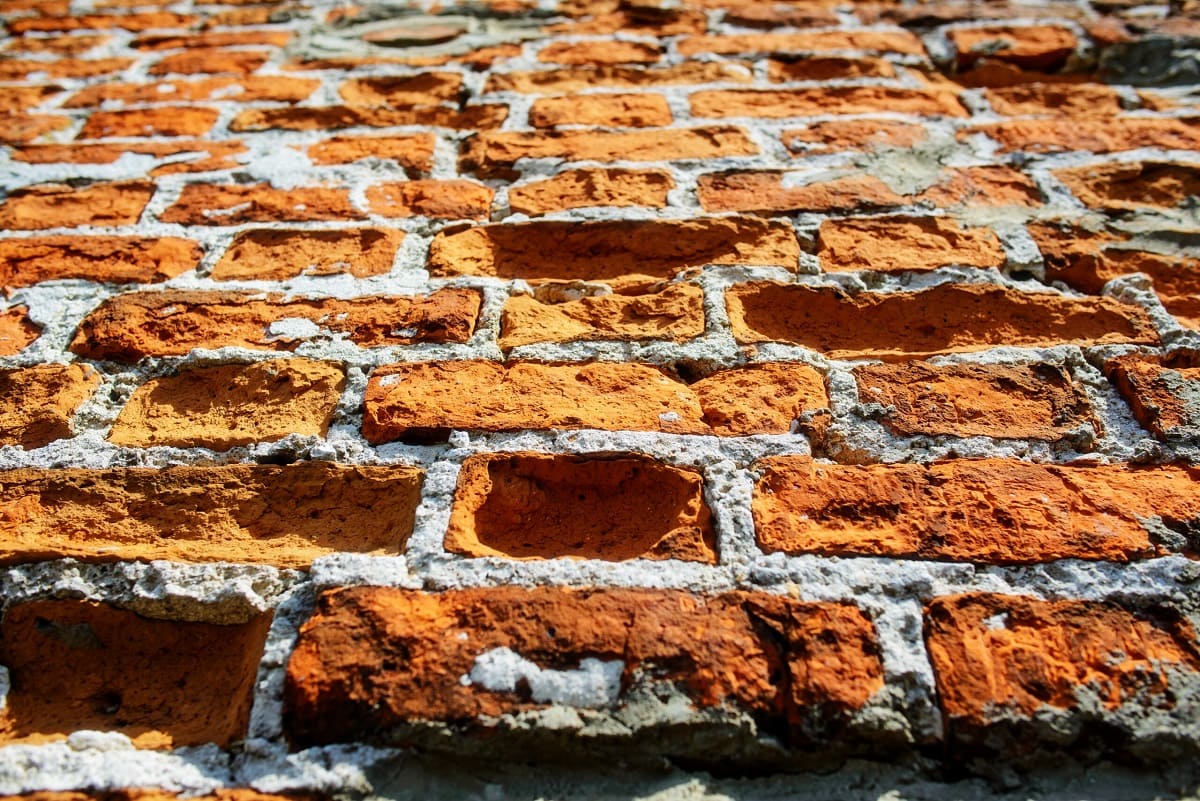
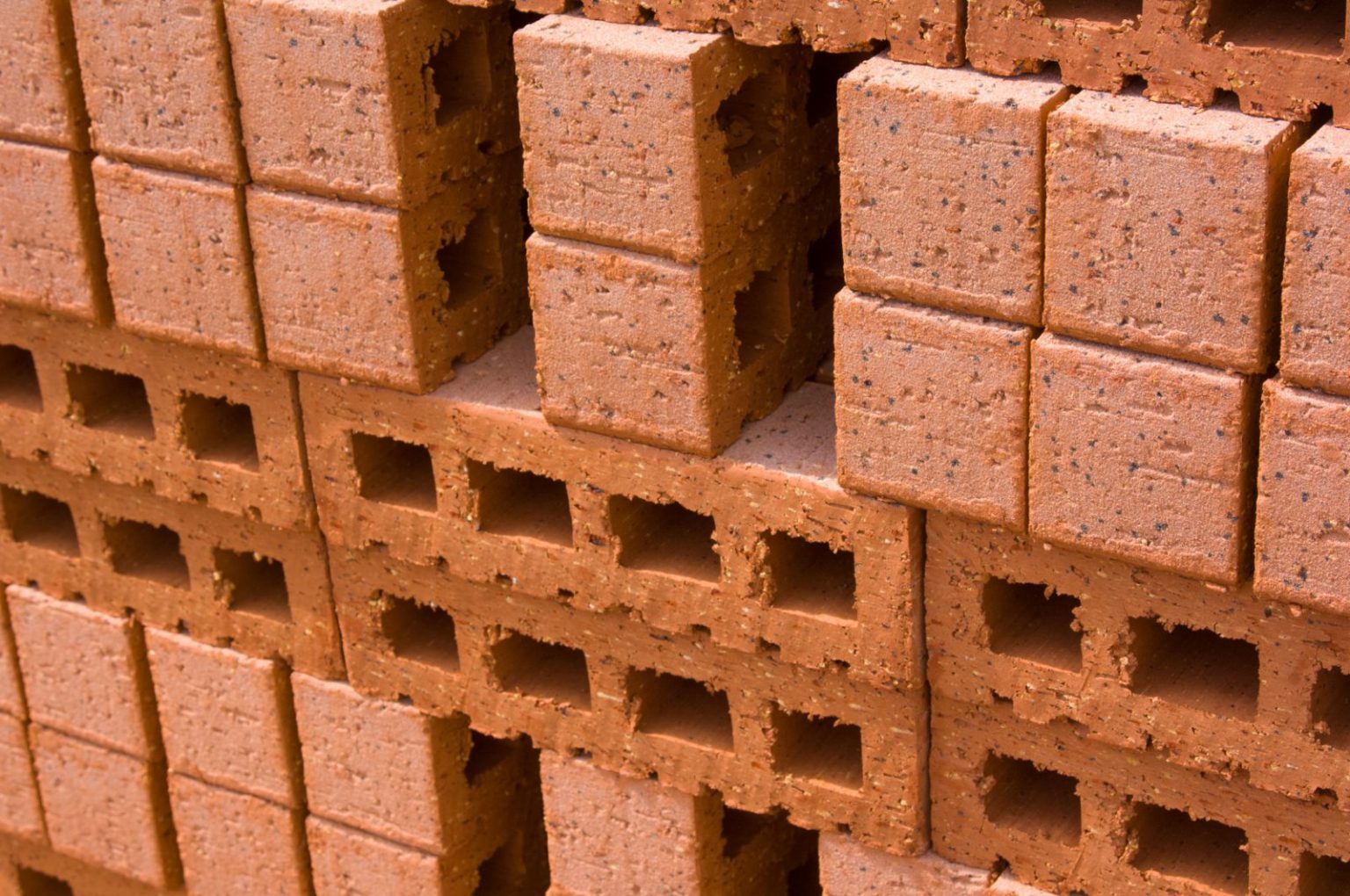

0 thoughts on “What Kind Of Stain For Brick”